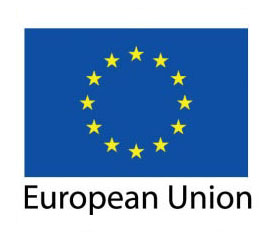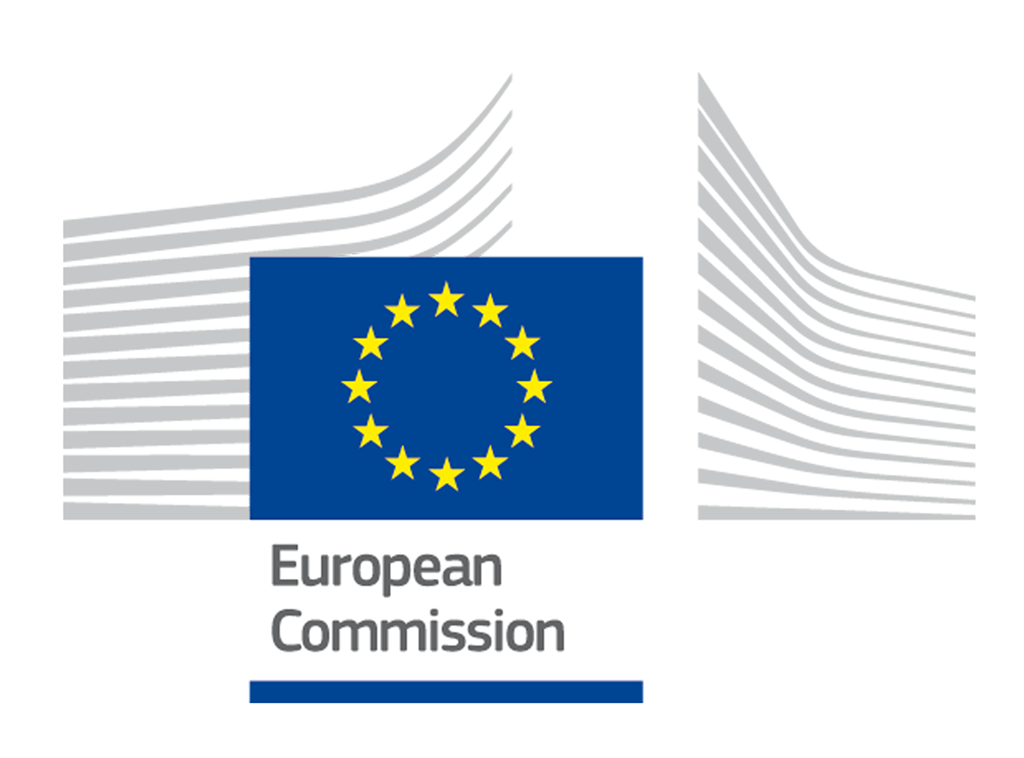Location
The European Union is a unique economic and political union between 28 European countries that together cover much of the continent.
European Union
The EU was created in the aftermath of the Second World War. The first steps were to foster economic cooperation: the idea being that countries that trade with one another become economically interdependent and so more likely to avoid conflict.
The result was the European Economic Community (EEC), created in 1958, and initially increasing economic cooperation between six countries: Belgium, Germany, France, Italy, Luxembourg and the Netherlands. Since then, a huge single market has been created and continues to develop towards its full potential.
Members:
Resources
Displaying 21 - 25 of 52Council Directive 96/61/EC concerning integrated pollution prevention and control
The aim of this Directive is the integrated prevention and control of pollution arising from the activities listed out in Annex I, such as energy industries, production of basic organic chemicals, waste management, production of pulp from timber, slaughtering and production of food products from animal or vegetable raw materials. This Directive lays down measures designed to prevent or reduce, as the case may be, emissions in the air, water and land from the activities aforementioned, in order to achieve a high level of the environment taken as a whole.
Commission Implementing Decision 2013/163/EU establishing the best available techniques (BAT) conclusions under Directive 2010/75/EU of the European Parliament and of the Council on industrial emissions for the production of cement, lime and magnesium ...
These provisions are adopted in implementation of Directive 2010/75/EU of the European Parliament and of the Council on industrial emissions (integrated pollution prevention and control). They establish the best available techniques (BAT) conclusions for the production of cement, lime and magnesium oxide.
Implements: Directive 2010/75/EU of the European Parliament and of the Council on industrial emissions (integrated pollution prevention and control). (2010-11-24)
Commission Implementing Decision 2002/119/EU laying down rules concerning guidance on the collection of data and on the drawing up of BAT reference documents and on their quality assurance referred to in Directive 2010/75/EU of the European Parliament ...
This Decision sets out the guidance on the collection of data and on the drawing up of Best Available Techniques (BAT) reference documents and on their quality assurance, including the suitability of their content and format as referred to in points (c) and (d) of article 13(3) of Directive 2010/75/EU on industrial emissions (integrated pollution prevention and control).
Implements: Directive 2010/75/EU of the European Parliament and of the Council on industrial emissions (integrated pollution prevention and control). (2010-11-24)
Directive 2008/1/EC of the European Parliament and of the Council concerning integrated pollution prevention and control.
The purpose of this Directive is to achieve integrated prevention and control of pollution arising from certain industrial activities (those listed in Annex I), including energy and mineral industries, production and processing of metals, chemical industries and waste management. These provisions set out measures to prevent or reduce emissions into the air, water and land, without any prejudice to Directive 85/337/EEC and other relevant European Community provisions. In particular, the Directive defines the legal framework for issuing permits to carry out the activities above-mentioned.
Council Regulation (EC) No. 78/2008 on the measures to be undertaken by the Commission in 2008-2013 making use of the remote-sensing applications developed within the framework of the common agricultural policy.
This Regulation deals with the measures to be undertaken by the European Community Commission from 2008 to 2013 within the framework of the common agricultural policy, making use of remote-sensing applications.



